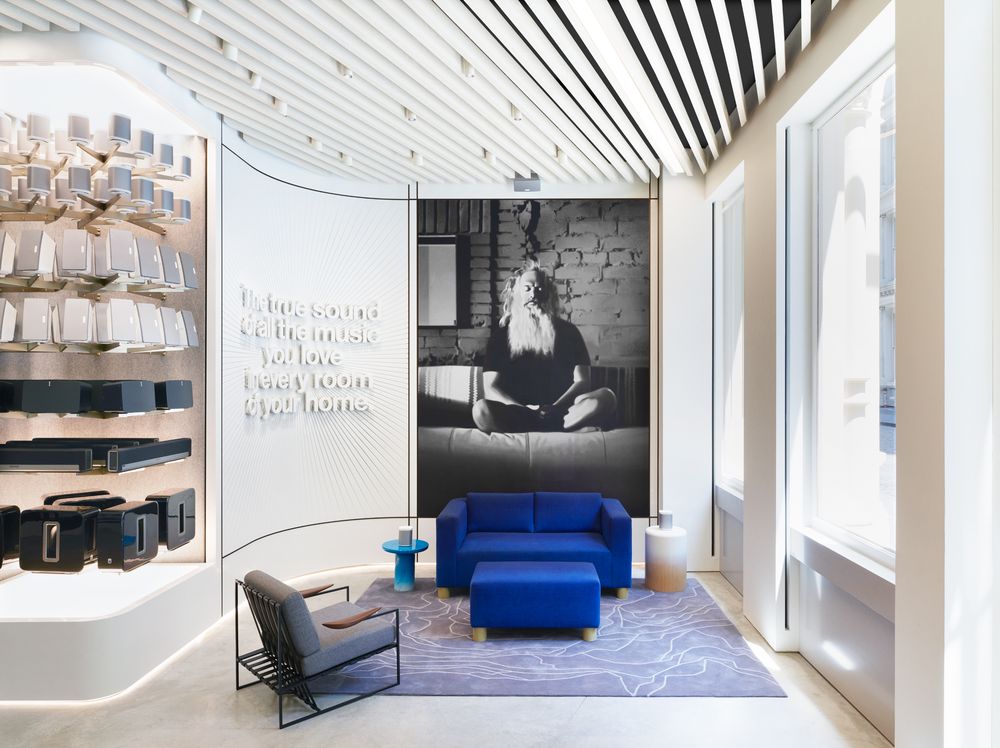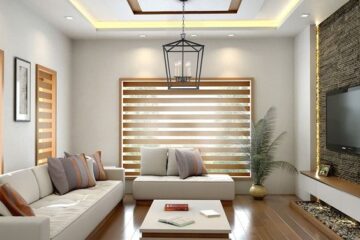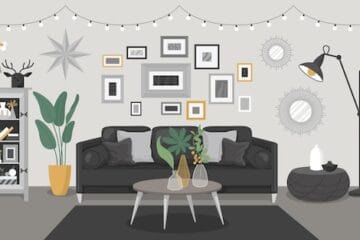Sonos, the purveyor of high-definition, Wi-Fi-connected speakers, has an established digital presence, with its catalogue of products available for purchase online. But with a new 4,200-square-foot brick-and-mortar store in New York City’s SoHo neighborhood, a first for the company, Sonos is going analog.
For fans of music, the advent of the smartphone and the subsequent introduction of music-streaming services has been a mixed blessing. Yes, it means access to more songs and albums than ever before—and at the touch of a button, no less—but it also means communal listening, that tradition of gathering around to take in the latest album release by a favorite artist, has been in steady decline—try as Beyoncé might.
To encourage more social listening, companies like Sonos—and competitors like Bose and Bang & Olufsen—have worked to counter this trend with sleekly designed products: Speakers for every room of your home—and ones you won’t be embarrassed to display prominently in your on-trend digs.
/cdn0.vox-cdn.com/uploads/chorus_asset/file/6874221/Front%20of%20Store%20Product%20Family%20Tree%20and%20Rick%20Rubin%20Mural.jpg)
/cdn0.vox-cdn.com/uploads/chorus_asset/file/6874233/Arthur%20Fournier%E2%80%99s%20Zine%20Collection.jpg)
But while Bang & Olufsen, Bose, and other competitors have long had physical stores, this marks new terrain for Sonos. So, what’s inside? Most prominently, seven sleekly designed listening rooms, each a self-contained, A-frame tiny house, each with its own themed decor (the custom furnishings, rugs, and other decor throughout the space are the work of New York firm Partners & Spade, which has also designed retail stores for Shinola, Warby Parker, and more).
On a recent visit, a sales representative gave this editor a product demo in one of these custom-built mini-houses, and we toggled on an off the subwoofer and a number of speakers arranged around the room. It was an immersive experience in a rather small space, which is exactly the goal: to let consumers test drive the products in a high-design environment that simulates urban living.
Whitney Walker, Sonos’s General Manager of Stores, gave Curbed a walkthrough, pointing out the integration of Sonos products and an aesthetic that nods at music’s past—especially the turntable and vinyl—without veering totally into drippy nostalgia.
The two-story space also includes a downstairs listening room—complete with Eames lounger and a Dieter Rams-designed record player setup—designed to evoke the wood-paneled basements popular in 1970s American homes. (Fittingly, the room includes framed cassette tapes from the collection of singer-songwriter/former Sonic Youth frontman Thurston Moore). There, Walker explained that the goal is to show consumers how their existing systems can work with Sonos’s products, especially for audiophiles who also happen to be fans of old school modes of listening.
/cdn0.vox-cdn.com/uploads/chorus_asset/file/6874219/Sonos%20Listening%20Room%207.jpg)
/cdn0.vox-cdn.com/uploads/chorus_asset/file/6874481/Downstairs%20Lounge.jpg)
[Source:- CURBED]



